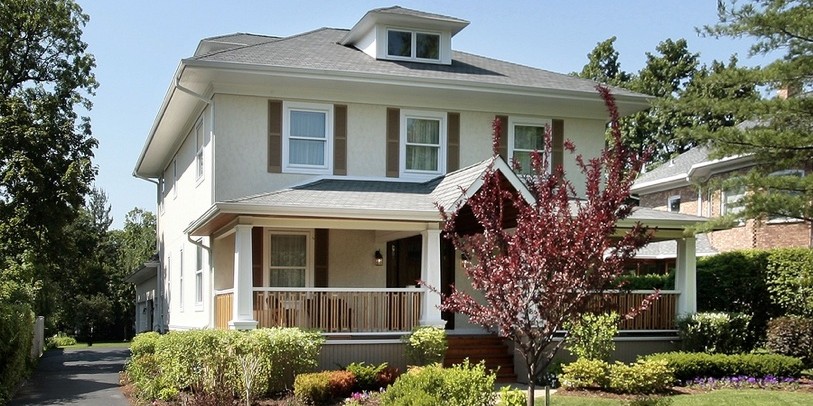
Qualify Your New Homes for the ENERGY STAR label!
The Energy Vanguard network of independent certified energy raters are proud to provide rating services to qualify new homes for the ENERGY STAR(r) label. ENERGY STAR qualified new homes are substantially more energy efficient than homes built to the minimum code requirements. Even in states with more rigorous energy codes, the U.S. EPA ensures that ENERGY STAR remains the symbol for truly energy-efficient performance. These homes are good for businesses, consumers, and the environment.
Benefits of owning an ENERGY STAR qualified new home include:
A Label Backed by the Government
All ENERGY STAR qualified new homes are certified to meet EPA’s strict guidelines for energy efficiency. This exemplary performance is verified by an independent third party.
Lower Utility Costs
Compared with standard homes, ENERGY STAR qualified new homes use substantially less energy for heating, cooling, and hot water heating. Homeowners can expect to save about $200-$400 annually on their utility bills.
More Comfortable/Quieter Homes
The energy-efficient features of ENERGY STAR qualified new homes keep out excessive heat, cold, and noise, and ensure consistent temperatures between and across rooms-making these homes more comfortable to live in.
Helping to Create a Better Future
By purchasing an ENERGY STAR qualified new home, you are joining millions of consumers who have changed to ENERGY STAR, helping our nation reduce our energy needs and building a cleaner environment for the future.
Features of our ENERGY STAR qualified new homes include:
- Effective Insulation — Properly installed insulation that meets or exceeds national code requirements helps achieve even temperatures throughout the house while using less energy. The result is lower utility costs and a quieter, more comfortable home.
- High-Performance Windows — Advanced window coatings help keep heat in during winter and out during summer. They also block damaging ultraviolet sunlight that can discolor carpets and furniture.
- Tight Construction and Tight Ducts — Attention to detail by sealing all holes, cracks, and seams in ducts and construction assemblies helps eliminate drafts, moisture, dust, pests, and pollen. This improves comfort and the quality of indoor air, while lowering maintenance costs.
- Energy-Efficient Heating and Cooling Equipment — More efficient and properly sized heating and cooling systems use less energy, which reduces utility bills. These systems also turn on and off less frequently, removing more humidity and providing better comfort.
To qualify a home for the ENERGY STAR label, a certified home energy rater must do a HERS rating on the home, which includes two inspections and energy modeling.
Learn more about ENERGY STAR qualified new homes at the ENERGY STAR website.
